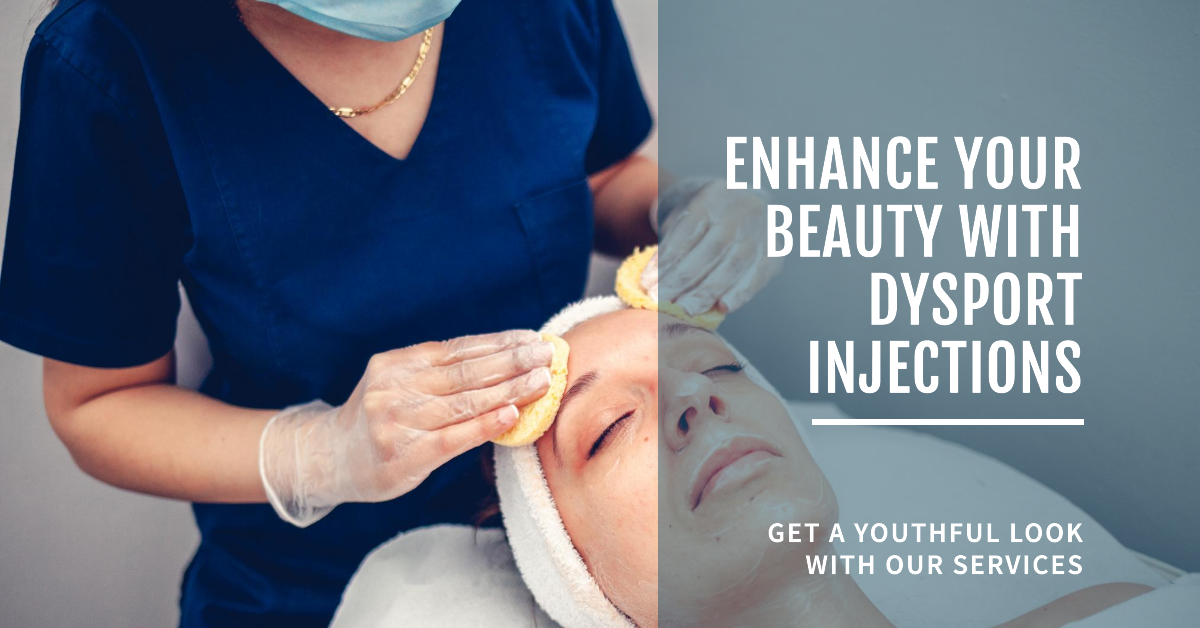Botox, from being a poison to a beauty treatment.
Botox, from being a poison to a beauty treatment.
- 159 Views
- June 13, 2023
When we hear the word “Botox,” we often think of it as a way to get rid of wrinkles and improve the way we look. But have you ever thought about the interesting history of this well-known beauty treatment? In this blog, we’ll look at Botox’s fascinating history, from when it was found as a powerful poison to when it became a popular cosmetic treatment.
How is Botox used?
Botox, which is short for “botulinum toxin,” is a neurotoxin that is made naturally by the bacteria Clostridium botulinum. It is one of the most dangerous poisons we know about. Botulinum toxin in its pure form can cause serious paralysis of the muscles and even kill you. But when used in small amounts and under control, it has become a new way to treat many medical and cosmetic problems.
The Beginning: The story of Botox starts in the late 1800s, when a Belgian scientist named Emile Pierre van Ermengem discovered the bacterium Clostridium botulinum and how it was linked to foodborne botulism. His study showed that bacteria can make a strong neurotoxin that hurts the nervous system and muscles.
The Medical Breakthrough: In the 1960s, an ophthalmologist named Dr. Alan B. Scott made a major medical breakthrough while he was studying how botulinum toxin affected rats. He found that injecting small amounts of the toxin into certain eye muscles could help treat eye problems like crossed eyes (strabismus) and involuntary eyelid twitches (blepharospasm). This was the first time Botox was used to treat something.
In the late 1980s, Dr. Jean Carruthers, an ophthalmologist, and her husband, Dr. Alastair Carruthers, a dermatologist, were treating patients with eyelid spasms when they found a surprising side effect of Botox. They also saw that the shots made wrinkles and frown lines less noticeable. This discovery got people in the cosmetics industry interested and led them to look into Botox’s promise as an anti-aging treatment.
FDA Approval and Growing Popularity: In 2002, the U.S. Food and Drug Administration (FDA) officially allowed Botox to temporarily improve glabellar lines, which are vertical frown lines between the eyebrows. This approval made it easier for Botox to be used in the cosmetics business, which led to a huge rise in its popularity around the world.
Botox is well-known for its ability to smooth out lines, but it has uses that go beyond making people look better. It has been shown to be useful in treating a wide range of medical problems, such as chronic migraines, hyperhidrosis (excessive sweating), muscle spasms, an overactive bladder, and even some neurological conditions like cerebral palsy and dystonia.
Ongoing Research and Improvements: Scientists and researchers are still looking into how Botox could be used therapeutically in different areas. Researchers are still looking into how well it works for healing depression, bruxism (grinding your teeth), chronic pain, and more. Medical professionals are always finding new ways to use the power of this drug to help patients.
From its humble beginnings as a powerful bacterium toxin to its widespread use as a cosmetic treatment, Botox’s past shows how scientific curiosity and innovation can lead to great things. Botox is now a well-known brand name that has helped millions of people get smoother, younger-looking skin. But it’s important to keep in mind that Botox should only be given by trained experts in controlled settings. Understanding the history and science behind this amazing treatment can help us understand how it got to where it is now and what it could be used for in the medical and beauty fields in the future.
// About Me

Vanessa Osorio
Vanessa is a passionate skin care specialist/ esthetician with 8 years of experience under her belt embarking several states including South Florida and California. She has been a zealous advocate for expanding confidence in her clients through various skin treatments. Vanesa specializes in Medical-Grade anti-aging and body contouring services. She is certified in microneedling, microchanneling, ultrasound, radio frequency, and chemical peels among other advanced procedures.
// Popular Feeds
// Sponsor Adds
















